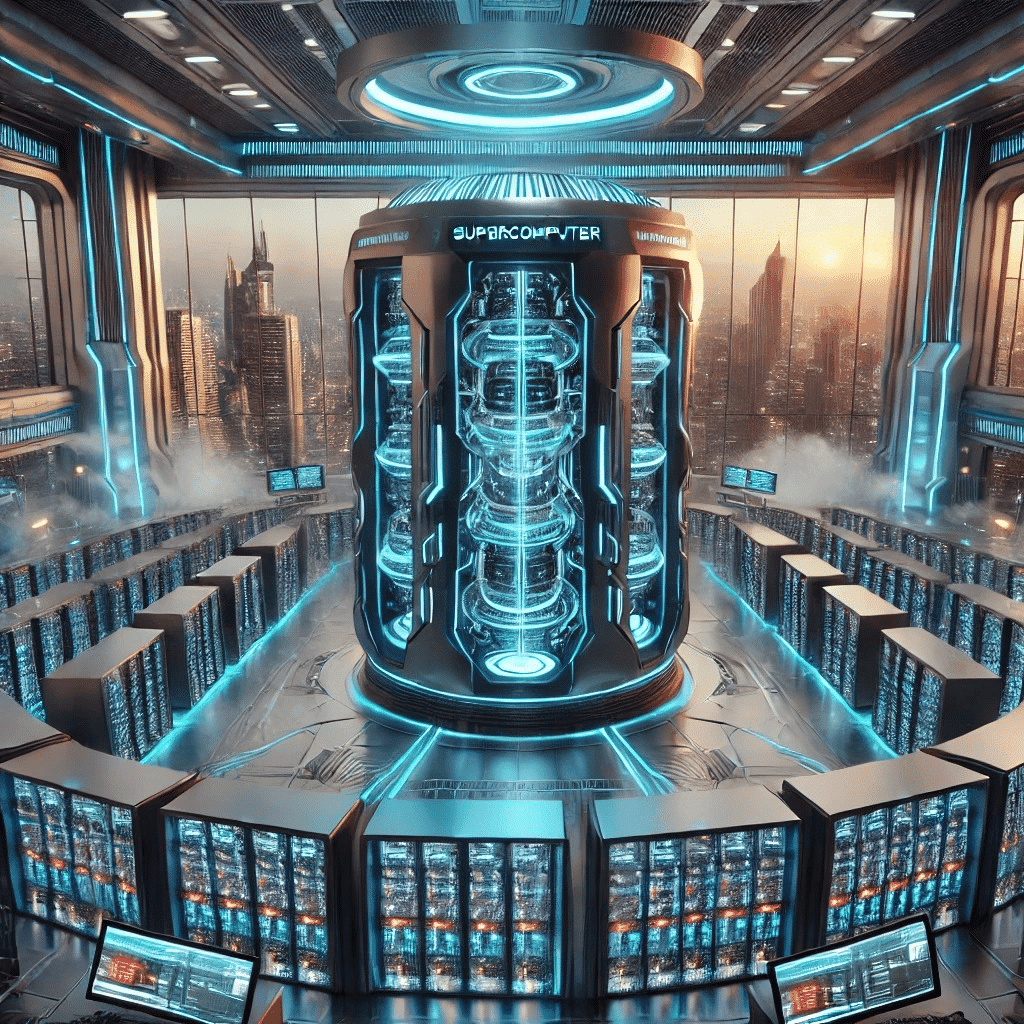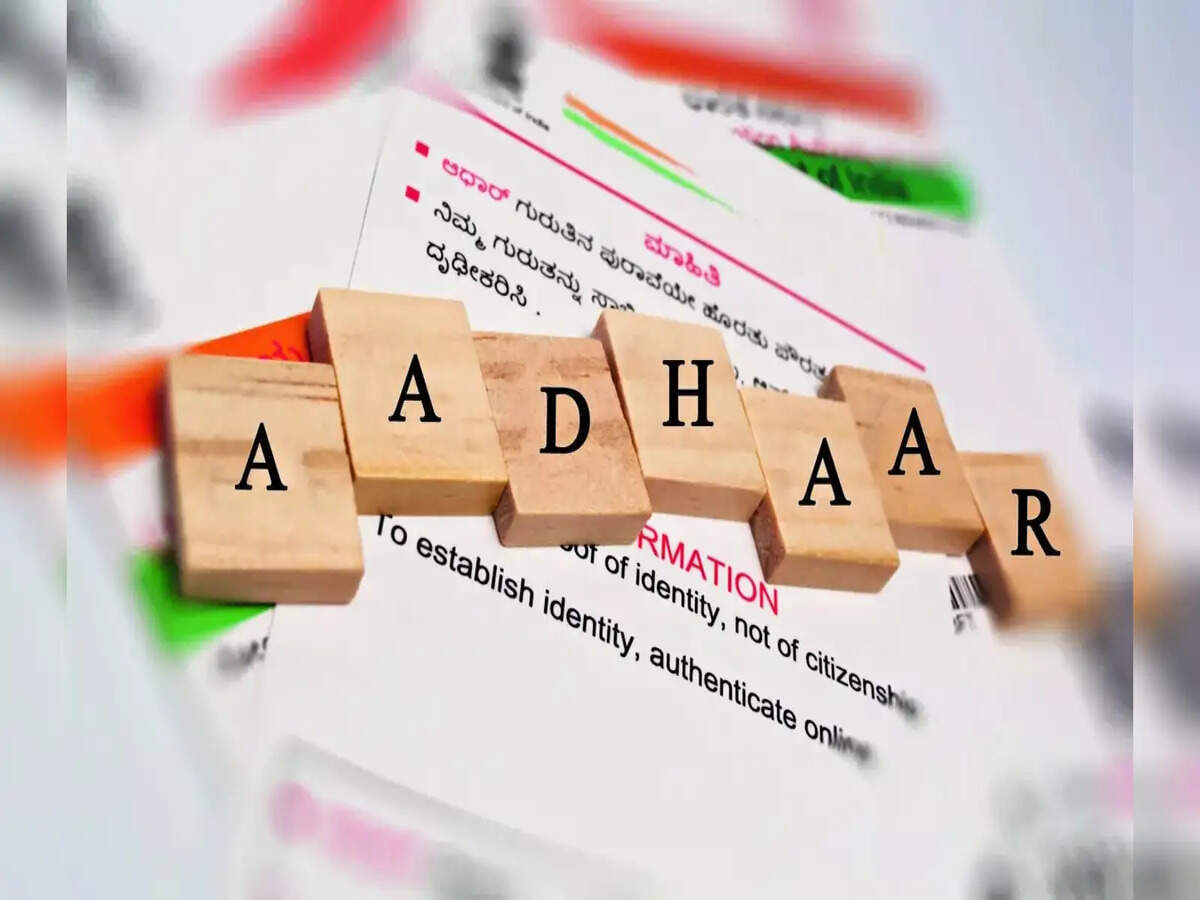PIB Summary - 29th April, 2025 | PIB (Press Information Bureau) Summary - UPSC PDF Download
National Supercomputing Mission

Overview and Objectives
The National Supercomputing Mission (NSM) was launched in 2015 to boost India’s High-Performance Computing (HPC) capabilities. The mission aims to achieve self-reliance in supercomputing by developing critical hardware and software indigenously. It provides supercomputing resources to academic institutions, research and development (R&D) labs, industries, and government departments, facilitating collaborative research through the National Knowledge Network (NKN).
Relevance: GS 3 (Technology)
Key Features
- Three-phase Mission Structure:
- Phase I: Establishing basic supercomputing infrastructure using mostly imported components assembled domestically.
- Phase II: Developing an indigenous software stack with increased Indian value addition, aiming for up to 40% local content.
- Phase III: Achieving complete indigenization in design, development, and manufacturing within India.
- Joint Steering and Implementation: The mission is jointly steered by the Department of Science and Technology (DST) and the Ministry of Electronics and Information Technology (MeitY), and implemented by the Centre for Development of Advanced Computing (C-DAC) and the Indian Institute of Science (IISc).
Achievements (as of March 2025)
- Deployment: 34 supercomputers with a total capacity of 35 Petaflops.
- Utilization: Over 85% utilization, with many systems exceeding 95%.
- Research Support: Supported over 10,000 researchers, including 1,700+ PhD scholars from more than 200 institutions.
- Compute Jobs and Publications: Enabled completion of over 1 crore compute jobs and contributed to 1,500+ publications in leading journals.
- Training: Trained over 22,000 individuals in HPC and AI.
- Support for Start-ups and MSMEs: Assisted start-ups and micro, small, and medium enterprises (MSMEs) in using HPC for innovation and development.
Notable Installations and Innovations
- Param Pravega: Deployed at IISc Bengaluru, it is India’s most powerful academic supercomputer with a capacity of 3.3 Petaflops.
- Param Shivay: Installed at IIT BHU in 2019, it was the first indigenous supercomputer under the NSM.
- Param Rudra Series: Launched in 2024 in Pune, Delhi, and Kolkata, these supercomputers are built using indigenous Rudra servers and software stacks.
- Future Deployment: Additional capacity of 45 Petaflops using domestic technologies is planned for 2024-25.
Trinetra Network: Indigenous HPC Interconnect
- Development: The Trinetra Network, developed by C-DAC, facilitates high-speed data transfer between computing nodes in HPC systems.
- Phased Development:
- Trinetra-POC: Proof of concept for the network.
- Trinetra-A: Offering 100 Gbps, deployed in the 1 Petaflop PARAM Rudra system.
- Trinetra-B: Upcoming deployment of 200 Gbps capacity in the 20 Petaflop PARAM Rudra systems.
AIRAWAT: AI Supercomputing Initiative
- Objective: To create a common AI computing platform for academia, research hubs, and industry.
- Proof of Concept: Initial capacity of 200 AI Petaflops, scalable to 790 AI Petaflops.
- Global Ranking: Achieved 75th rank in the Top 500 Global Supercomputing List (ISC 2023).
Budget and Expansion Plans
- Budget Allocation: ₹1874 crore allocated for infrastructure, R&D, human resource development, and mission operations.
- Future Plans: Installation of more 20 Petaflop systems at IITs and major institutions across India.
Synergy with India Semiconductor Mission (ISM)
- Domestic Manufacturing: ISM will facilitate the domestic production of HPC-critical components such as processors, accelerators, and memory chips.
- Reduced Dependency: Decreasing reliance on imports will enhance the affordability, customization, and performance of supercomputers.
- Self-Reliance and Competitiveness: Supporting NSM in achieving complete self-reliance and boosting India’s global competitiveness in supercomputing.
Societal and Scientific Impact
- Research and Development: Facilitated advancements in various fields such as drug discovery, climate modeling, disaster management, and energy security.
- Bridging Regional Disparities: Empowered Tier-II and Tier-III institutions, reducing regional disparities in research capabilities.
- Strengthening Research Base: Enhanced India’s research foundation, innovation ecosystem, and global ranking in HPC.
Conclusion
The National Supercomputing Mission is a transformative initiative for India’s digital and scientific landscape, promoting research excellence, technological self-reliance, and positioning India as a leader in global supercomputing. Together with the India Semiconductor Mission and the AIRAWAT initiative, NSM equips India to tackle future scientific and industrial challenges effectively.
Aadhaar authentication surges past 2,707 crore in 2024-25; UIDAI’s face authentication gains momentum

Context: The use of Aadhaar authentication and e-KYC has reached unprecedented levels in FY 2024–25, fueled by AI-driven face authentication technology. This advancement is expanding digital access and improving service delivery across various sectors.
Relevance: GS 2 (Governance), GS 3 (Technology)
Key Highlights (2024–25)
- Aadhaar authentication transactions reached 2,707 crore in FY 2024–25, with 247 crore in March 2025 alone.
- Cumulative Aadhaar authentications surpassed 14,800 crore since inception.
- Face authentications saw a significant increase with 15 crore in March 2025.
- Aadhaar e-KYC exceeded 44.63 crore in March 2025, marking a 6% YoY growth.
- The Prime Minister’s Award was given to UIDAI for its innovation in Face Authentication.
- Over 100 public and private entities actively adopted Aadhaar Face Authentication.
- March 2025 saw 1.91 crore Aadhaar updates and 20 lakh new Aadhaar issuances.
Foundational Drivers
- Digital India Initiative: Aadhaar serves as vital infrastructure for e-Governance and public service delivery.
- Legislative and Policy Support: The Aadhaar Act of 2016 and subsequent Supreme Court rulings have provided a regulated framework for Aadhaar’s use.
- ICT Advancement: The spread of smartphones, internet access, and advancements in AI/ML have facilitated facial biometric authentication.
- Banking and Telecom Reforms: Aadhaar e-KYC has revolutionized onboarding and verification processes in these sectors.
- Data Architecture: The Aadhaar database is now linked with various service delivery mechanisms, including Direct Benefit Transfers (DBT), Public Distribution System (PDS), and Liquefied Petroleum Gas (LPG) subsidies.
Impact and Future Potential
- Ease of Doing Business: Facilitates rapid customer verification in sectors like Banking, Financial Services, and Insurance (BFSI), Non-Banking Financial Companies (NBFCs), fintech, and telecommunications.
- Welfare Delivery: Ensures seamless and secure access to government benefits such as subsidies, pensions, scholarships, and food rations.
- Facial Authentication Scalability: Likely to become standard in contactless public authentication, especially in the post-COVID era.
- AI-powered Governance: Demonstrates how AI and machine learning can enhance public service delivery with minimal friction.
- Digital Public Infrastructure (DPI): Aadhaar continues to support initiatives like India Stack, the Open Network for Digital Commerce (ONDC), and the Ayushman Bharat Digital Mission.
- Financial Inclusion: Expanding access to formal credit through Aadhaar-linked bank accounts and e-KYC initiatives.
- Interoperability Improvement: UIDAI’s systems are setting global standards for large-scale population authentication.
Strategic Implications
- Positions India as a global leader in Digital Public Goods (DPGs).
- Reduces the inclusion gap: Enables Tier II and III cities, as well as rural areas, to access formal systems.
- Improves data-driven policymaking: Allows real-time tracking of service usage.
- Necessitates strong data protection and privacy measures: Addressing concerns arising from the expanding digital footprint.
Prime Minister attends the Civil Investiture Ceremony-I.

Context
- On April 29, 2025, the President of India, accompanied by the Prime Minister and other dignitaries, chaired the Civil Investiture Ceremony-I at Rashtrapati Bhavan.
- This annual event honors exceptional Indian citizens from various fields such as public service, arts, literature, science, and social work with the prestigious Padma Awards, the nation’s highest civilian honors.
What is the Civil Investiture Ceremony?
- The Civil Investiture Ceremony is an official event hosted by Rashtrapati Bhavan, where the President of India awards the Padma Awards to the selected recipients for that year.
- These awards are usually announced on Republic Day (January 26) and are presented in two ceremonies at Durbar Hall, Rashtrapati Bhavan.
- The ceremony is attended by prominent figures such as the Prime Minister, Vice President, Cabinet Ministers, Chief Ministers, and the families of the awardees.
- It serves as a solemn national recognition of the values of selfless service, innovation, and excellence across India.
Overview of Awards
- Bharat Ratna. The highest civilian award in India, given for exceptional service in art, literature, science, and public service. There are a maximum of three recipients per year, but the award is not necessarily given annually. It was not awarded during the 2025 ceremony.
- Padma Vibhushan. The second-highest civilian award, given for exceptional and distinguished service in any field, including government service. This award is often conferred on individuals of national or international stature.
- Padma Bhushan. The third-highest civilian award, given for distinguished service of a high order in any field. Recipients may include scientists, educators, judges, and leaders in civil service and corporate sectors.
- Padma Shri. The fourth-highest civilian award, given for distinguished service in any field. This award recognizes grassroots achievers, social workers, tribal artists, farmers, innovators, and teachers.
Significance of the Awards
- The awards reflect India’s inclusive democratic spirit by honoring unsung heroes from diverse backgrounds, not just celebrities.
- They are merit-based and not influenced by political or bureaucratic recommendations.
- Citizens from all backgrounds, religions, castes, and professions are eligible for the awards.
- The awards serve as moral incentives, promoting public ethics, dedication, and patriotism.
Key Highlights from the 2025 Ceremony-I
- A total of 71 individuals were honored with awards across the three Padma categories.
- Notable recipients included:
- Social workers who have made significant contributions in tribal and remote areas.
- Medical professionals recognized for their impact on public health and rural service.
- Artists and musicians celebrated for their efforts in preserving and promoting regional art forms.
- Environmentalists and scientists acknowledged for their innovations and conservation efforts.
Institutional Mechanism of Selection
- Nominations for the Padma Awards are invited from various sources including the general public, state governments, Union ministries, and online platforms.
- A Padma Awards Committee, set up by the Prime Minister and headed by the Cabinet Secretary, is responsible for shortlisting candidates.
- The final list of awardees is approved by the President of India.
















